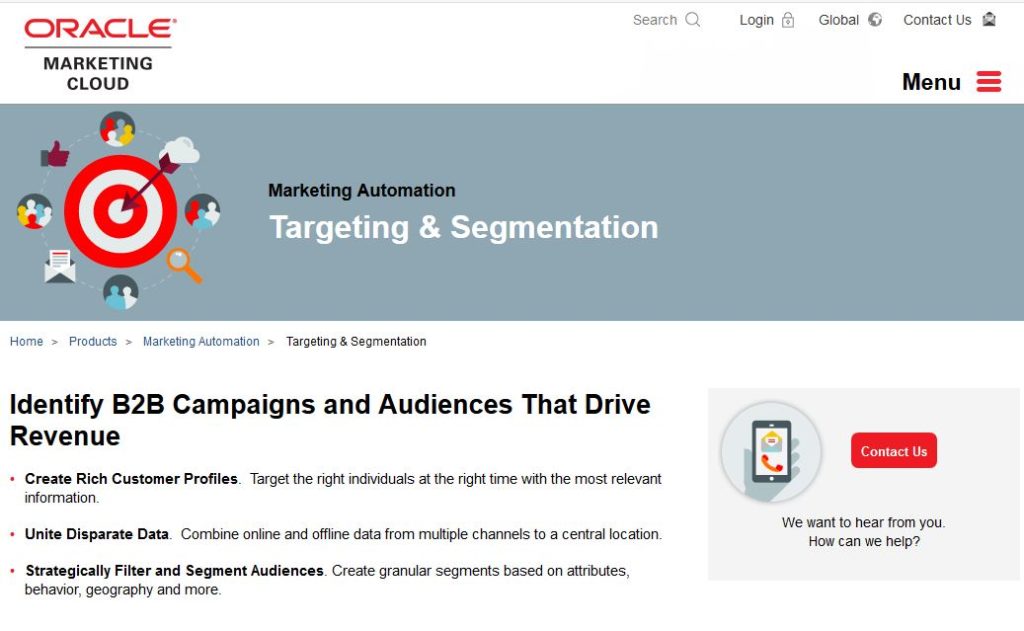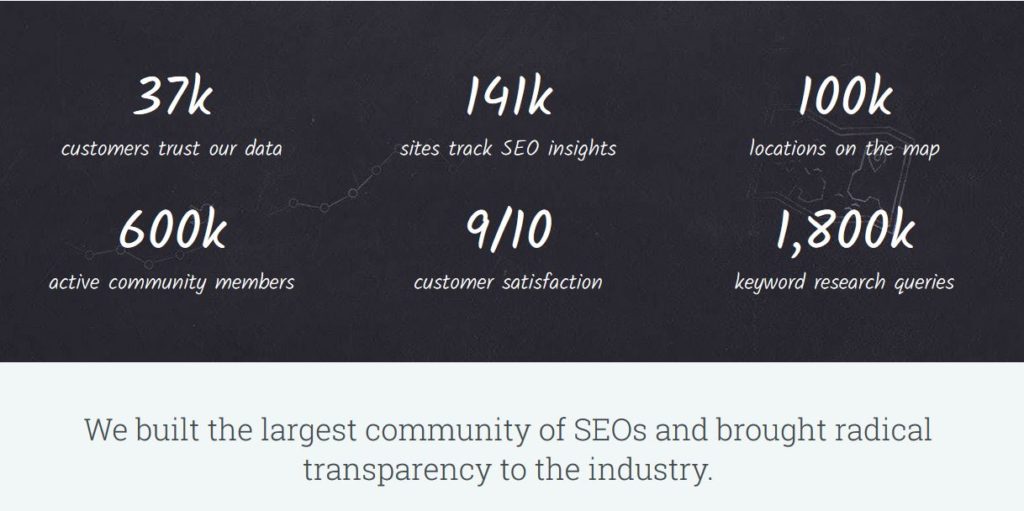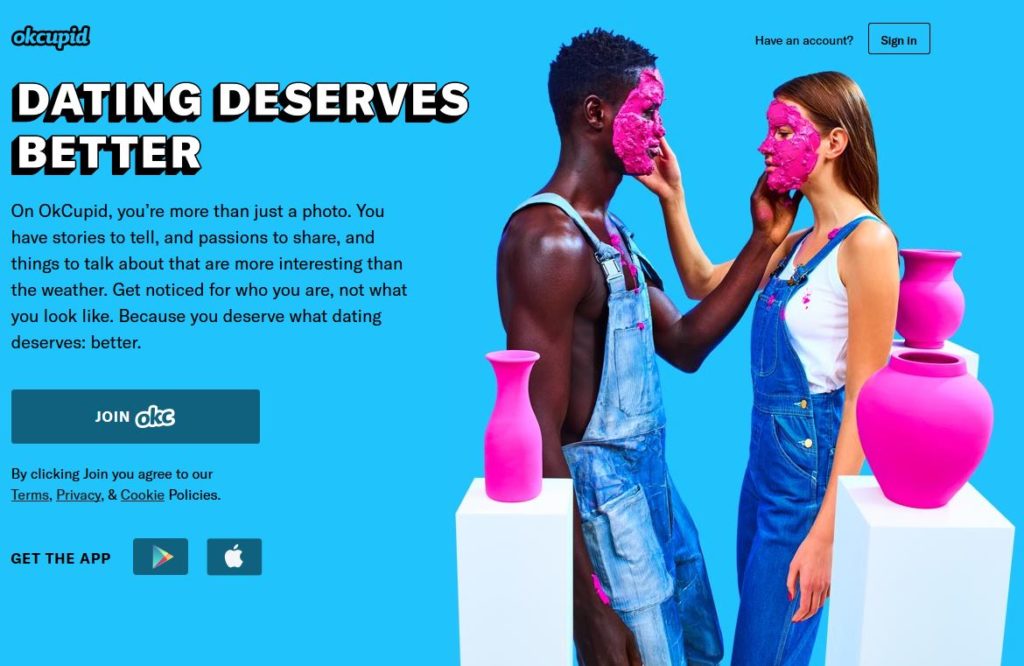
Wish to improve your online conversion rates? Want to attract more customers to buy from you?
Anchor your digital marketing strategy on the firm foundations of web psychology.
Thanks to Natalie Nahai’s wonderfully crafted book Webs of Influence – The Psychology of Online Persuasion, you can now infuse your online marketing efforts with the knowledge of how our brain works.
In this article, I’ll be highlighting the 3 basic principles of online psychology that you can use to score winning digital campaigns.
Let’s dive into them now.
#1 Persuasion: Systematic or Heuristic
According to the book, there are two broad principles of persuasion that you can use:
- Systematic Persuasion: Appealing to your prospect’s logic and reason
- Heuristic Persuasion: Using cognitive rules of thumb (eg Robert Cialdini’s 6 weapons of influence)
Now when and how should you use these persuasion principles?
a) Systematic
For products and services that require a high degree of cognition (ie requiring your customer to engage in and enjoy thinking), using a systematic approach may work well.
List your product or service’s specifications, highlight its pros and cons over competitors, and flesh out your Unique Selling Propositions (USPs).
b) Heuristic
If your audiences are easily distracted and they lack time, using a heuristic approach may work better.
Design your experiences, messages and interactions with cognitive rules of thumb such as scarcity, social proof, liking, authority, and other principles of influence.
QUESTIONS
- Which persuasive process would work better for a fashion retailer?
- What about a legal firm offering contract drafting services?
- Have a look at the website below. Which persuasive approach did it use?

Courtesy of Oracle Marketing Cloud
- Now have a look at this other website design from Moz. Which persuasive approach did it use?

#2 Trust and Homophily
The lack of trust is probably the number one reason why more people aren’t buying online. Fortunately, there are various strategies you can use to improve the trust-worthiness of your brand.
In thinking about trust, make sure that you anchor your business in the right values. Start with your Whys and work towards your Hows and Whats.
A good way to instill trust is to apply the principles of homophily (love of the same). This isn’t something new – we tend to respond more positively to those whom we perceive as being likeable, credible and similar to ourselves.
Thus, you should design your messages to match your customer’s psychography (unique values, motivations and needs) in order to engage them more deeply.
Do the following:
- Study your audience’s values, motivations and needs
- Match it to their personality, age, gender, culture and other demographic factors
- Choose a suitable employee or actor (or yourself!) who best mirrors these factors to communicate your message
- Consider the importance of visual appearances
- Ensure congruence between your Corporate Social Responsibility (CSR) efforts and your brand – use multiple 3rd party channels to validate your work rather than just your website
QUESTIONS
Have a look at the website below. What are the different forms of trust building and homophily on this website?

Courtesy of Mount Elizabeth Hospitals
How about this website by a (believe it or not) university? Does it elicit trust and exhibit homophily?

Courtesy of University of Advancing Technology
#3 Fluency
Have you experienced badly designed and poorly written content that you just can’t comprehend?
Well, that is an example of poor cognitive fluency – a major conversion killer.
To make your information easy to process, consider the three different principles of fluency:
- Perceptually fluent: Information that is visually clear and easy to see
- Linguistically fluent: Information that is easy to read (ie phonologically simple) and not tongue twisting
- Conceptually fluent: Content ideas that are easy to comprehend (ie semantically primed)
To score on all three areas, consider adopting these approaches.
a) Repeat and rewind
We all learn from repetition, and this is why repeating a message helps to improve fluency. However, do not do it to the point of annoyance.
Repeat a catchy tagline (eg McDonalds’ ‘I’m lovin’ it’) or Call To Actions (CTA) on your website. Summarize your key points in your article.
b) Use a familiar structure
Embrace the familiar and shun the obscure.
Use a message structure that is easy for your customers to relate, for example Nike’s strapline ‘Just Do It’ which comes in a three-word structure. This same structure was used in their ‘Find Your Greatness’ campaign.
c) Perceptual fluency
Make it easy for your customers to process your visual content like social media posts, infographics, videos and websites.
Do so by adopting the following best practices:
- Keep information simple
- Establish a clear visual hierarchy (eg Main Headings, Sub-headings, images, bullet points)
- Use high colours to trigger their visual senses
- Use high contrast between foreground and background
- Leverage symmetry
d) Linguistic fluency
To make your brand familiar, or get people to follow your instructions or read your content more quickly, consider using text that is clear and high in contrast. Use words and sentence structures that are simple and easy to pronounce.
Consider using sans-serif fonts that are easy to read like Arial or Helvetica – these helps to boost processing fluency and improve your customer’s mood.
e) When to use disfluency
In cases where you wish your customers to engage more deeply with your message or perceive your item to be more unique (eg luxury goods), consider using a font that is slightly harder to read. This may include Mistral or Monotype Corsiva.
OK Cupid’s website is a great example of a highly fluent website. Look at their design below and match it with the points above.

QUESTIONS
Have a look at the website below. Can you list down the points where they are fluent in design?

Courtesy of Apple
What about this website design? How does it affect you when you view it? Which areas are fluent and which aren’t?

Courtesy of Lings Cars
Conclusion
The art and science of online persuasion is a complex process involving multiple dimensions.
Adopting the principles of Persuasion, Trust and Fluency could shorten your learning curve and improve the results of your digital marketing campaigns.
To find out more, do get a copy of the Webs of Influence – it is chock-full of psychological wisdom that is specially tailored for the digital world. Highly recommended.
